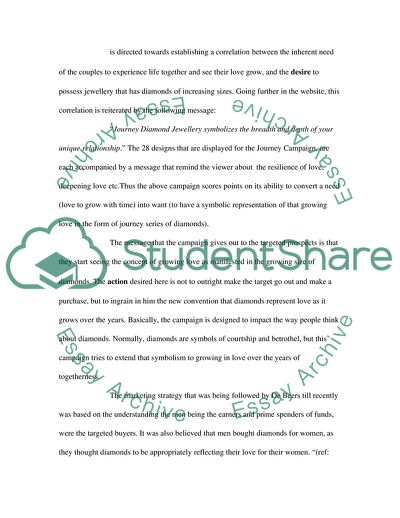Cite this document
(Marketing of Diamonds: De Beers Campaign Case Study, n.d.)
Marketing of Diamonds: De Beers Campaign Case Study. Retrieved from https://studentshare.org/marketing/1706100-economic-essay-about-de-beer-diamond
Marketing of Diamonds: De Beers Campaign Case Study. Retrieved from https://studentshare.org/marketing/1706100-economic-essay-about-de-beer-diamond
(Marketing of Diamonds: De Beers Campaign Case Study)
Marketing of Diamonds: De Beers Campaign Case Study. https://studentshare.org/marketing/1706100-economic-essay-about-de-beer-diamond.
Marketing of Diamonds: De Beers Campaign Case Study. https://studentshare.org/marketing/1706100-economic-essay-about-de-beer-diamond.
“Marketing of Diamonds: De Beers Campaign Case Study”, n.d. https://studentshare.org/marketing/1706100-economic-essay-about-de-beer-diamond.


